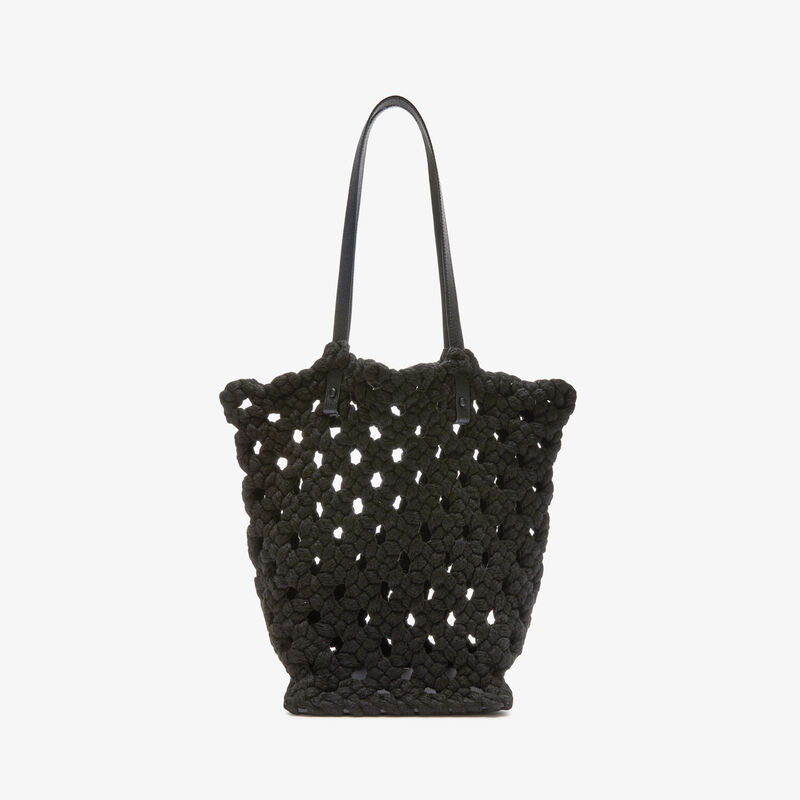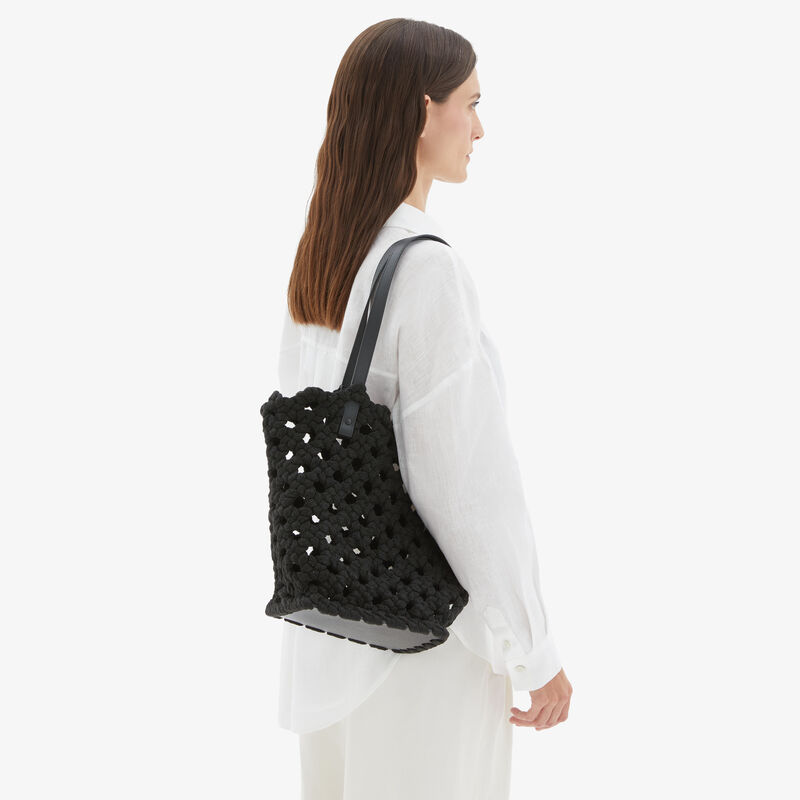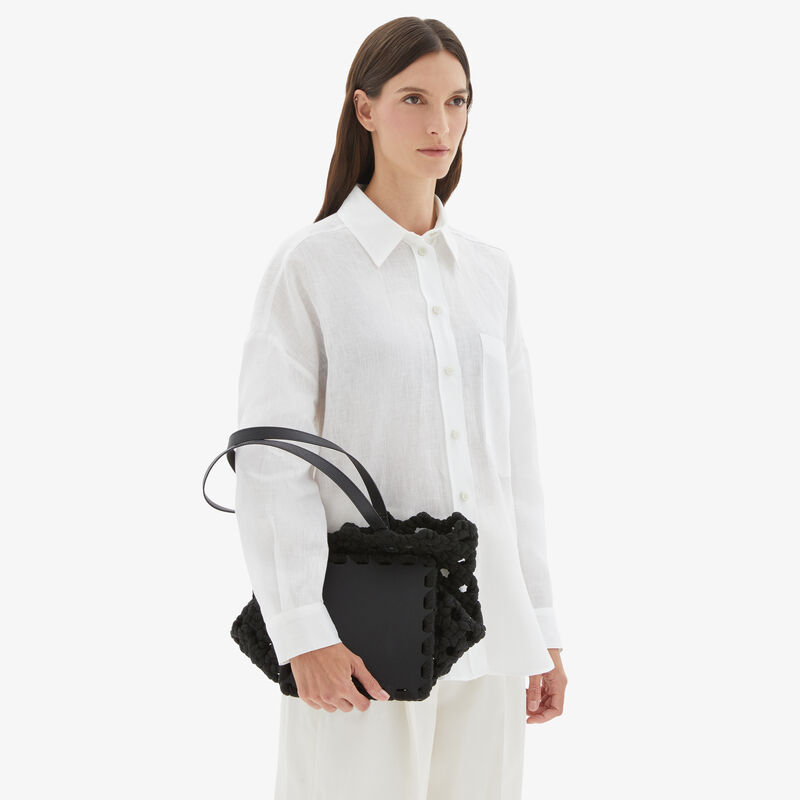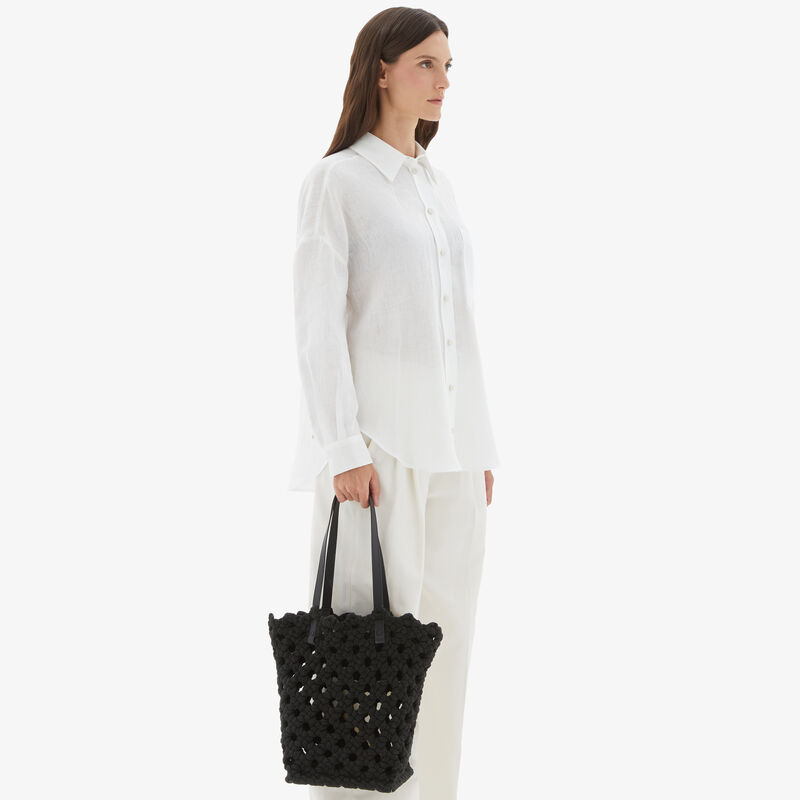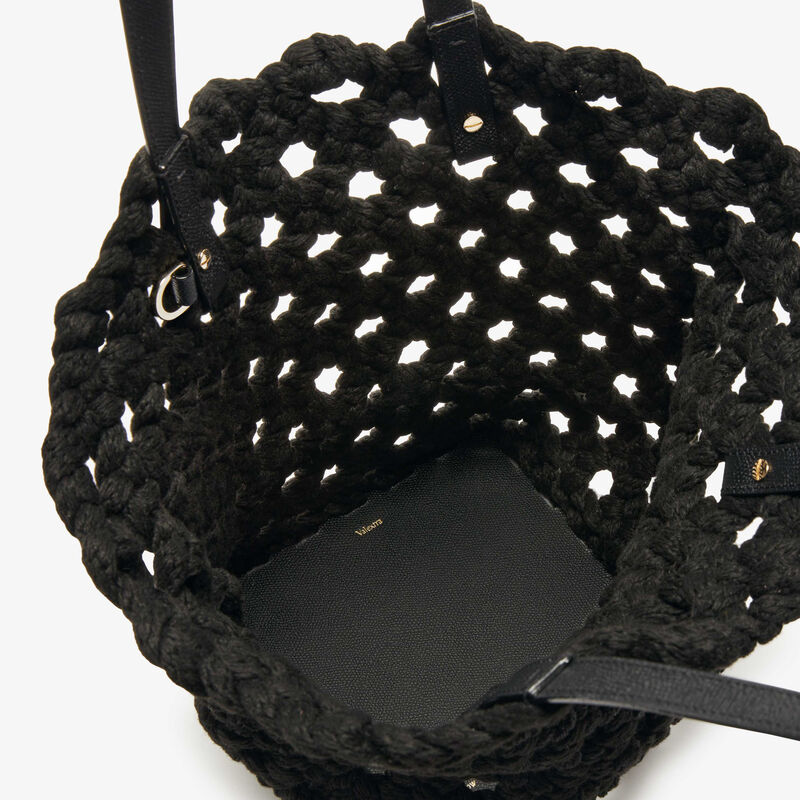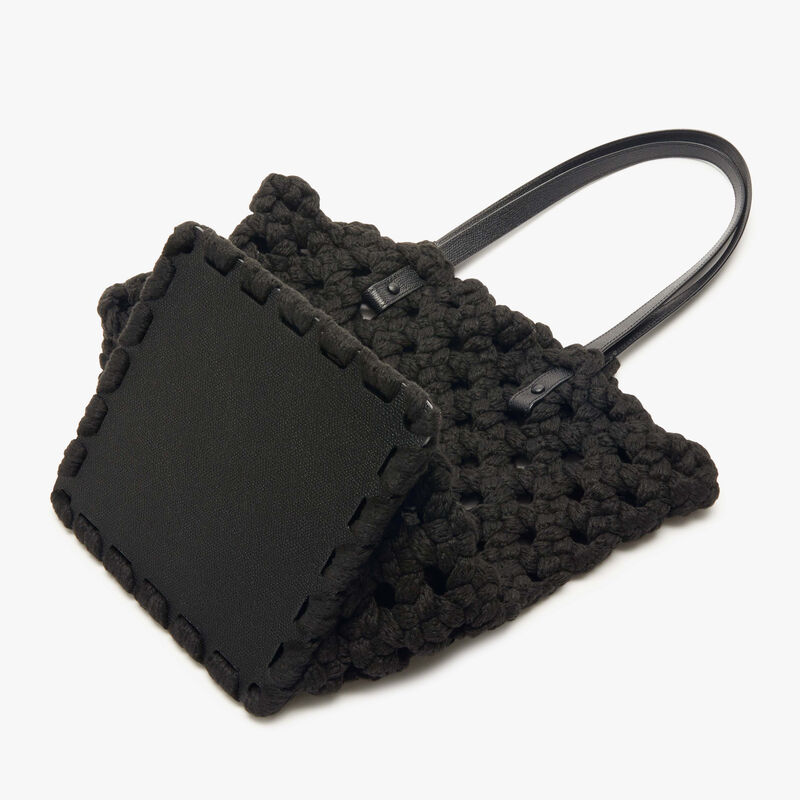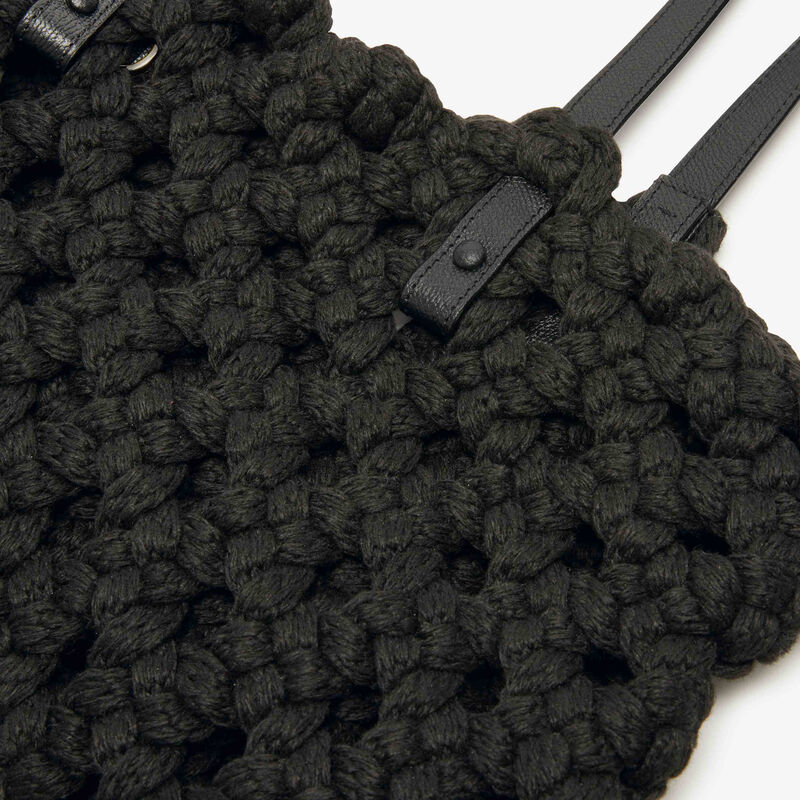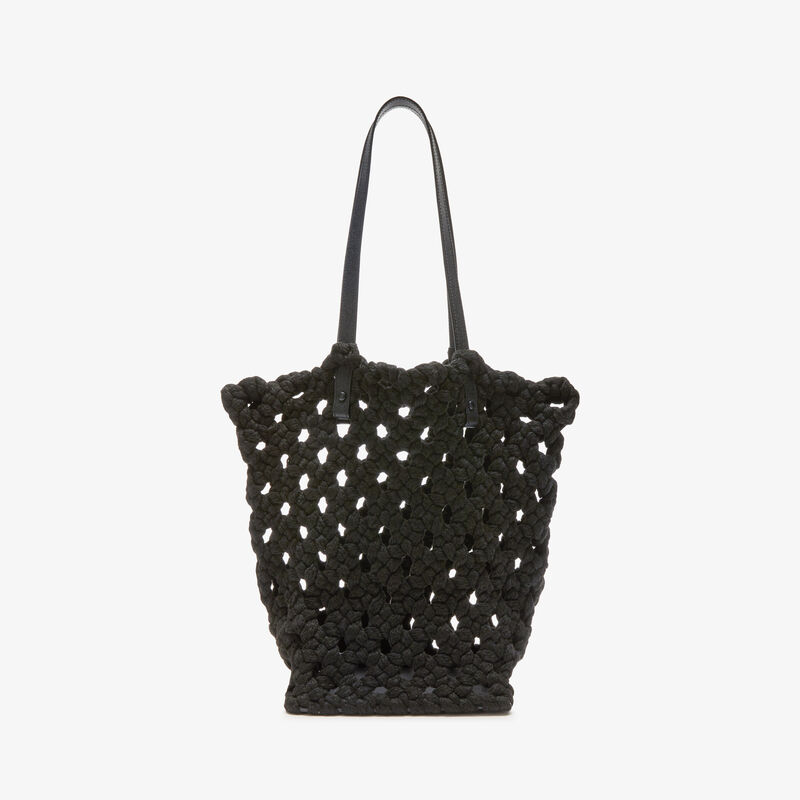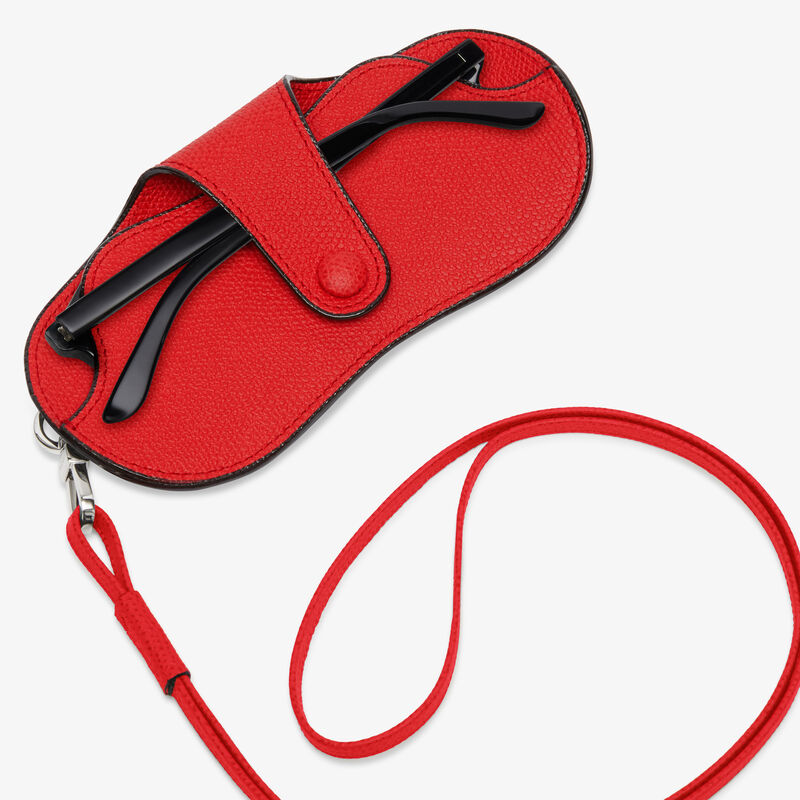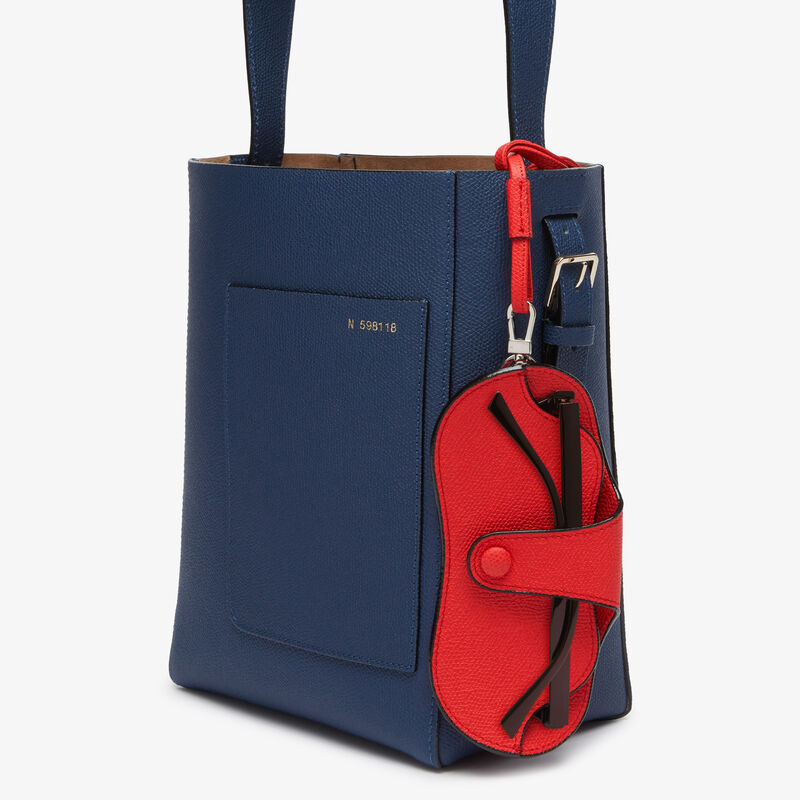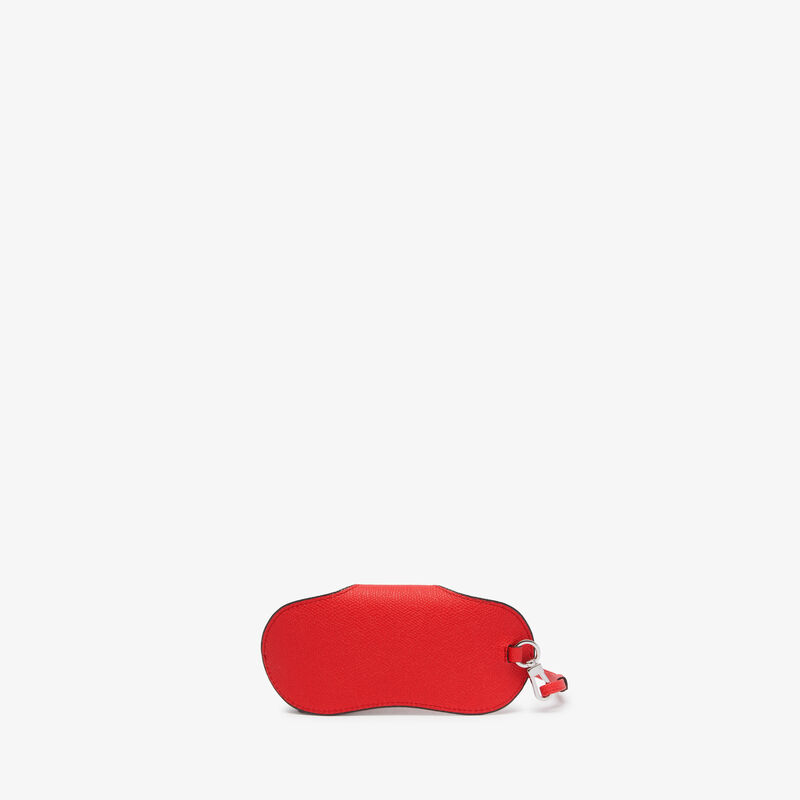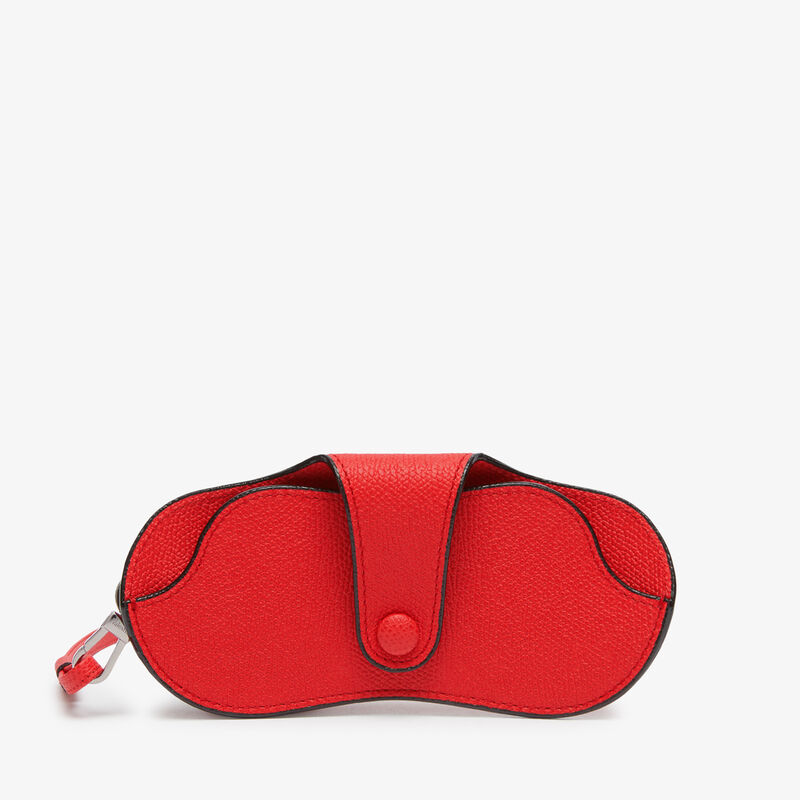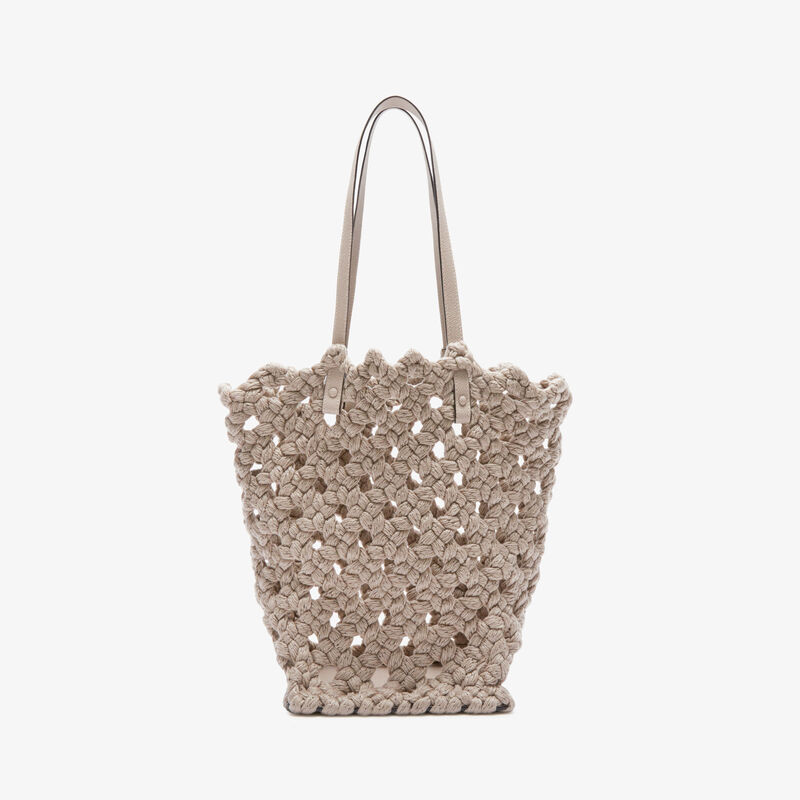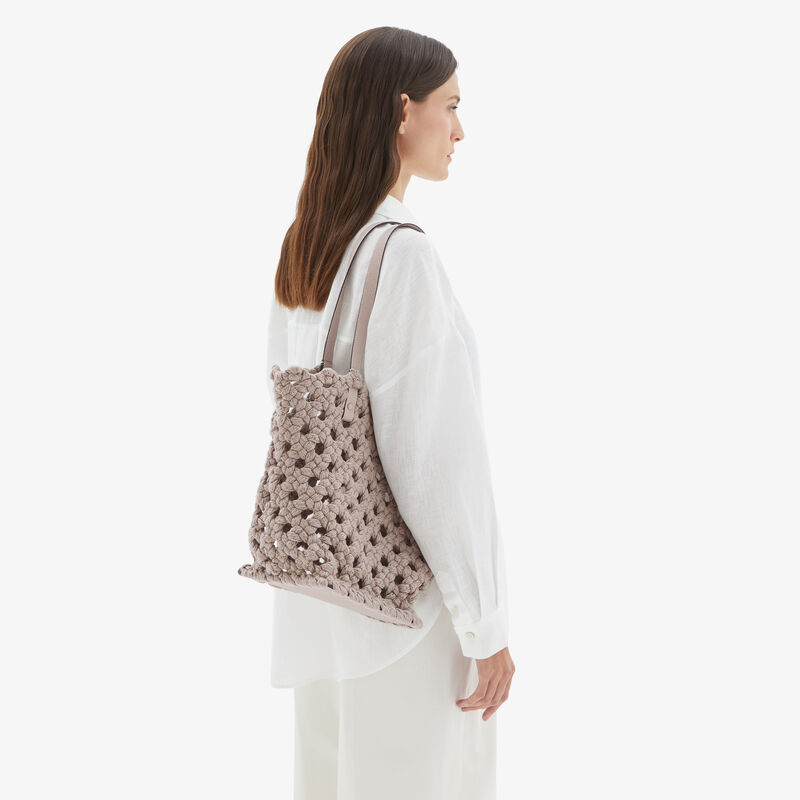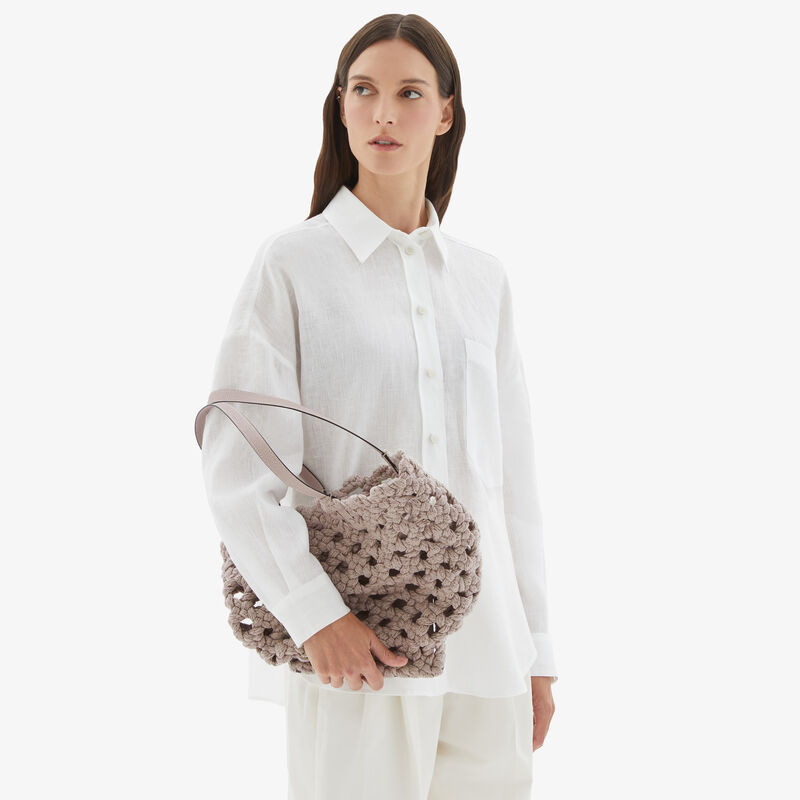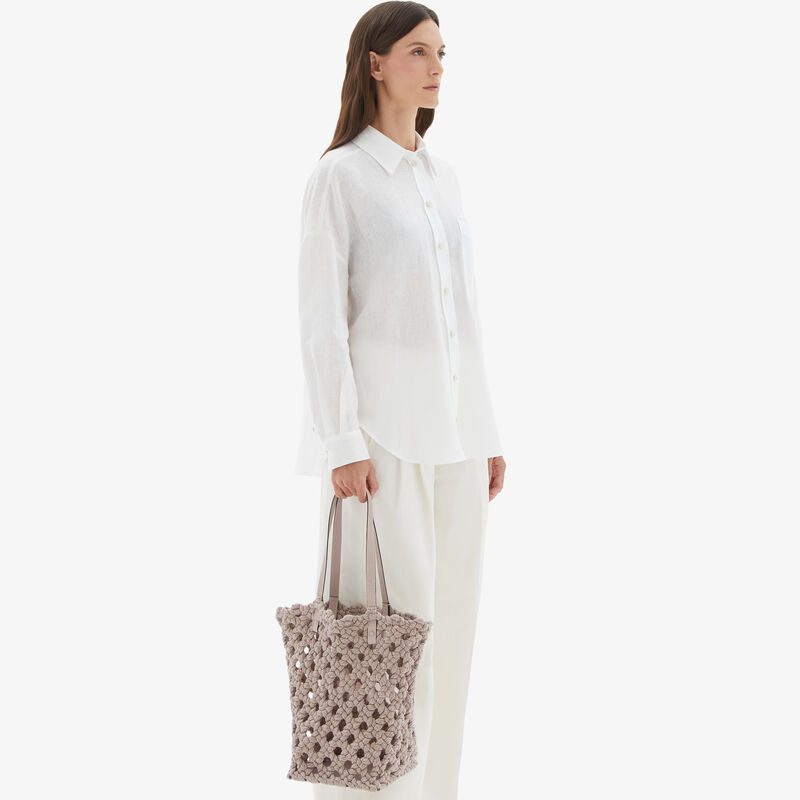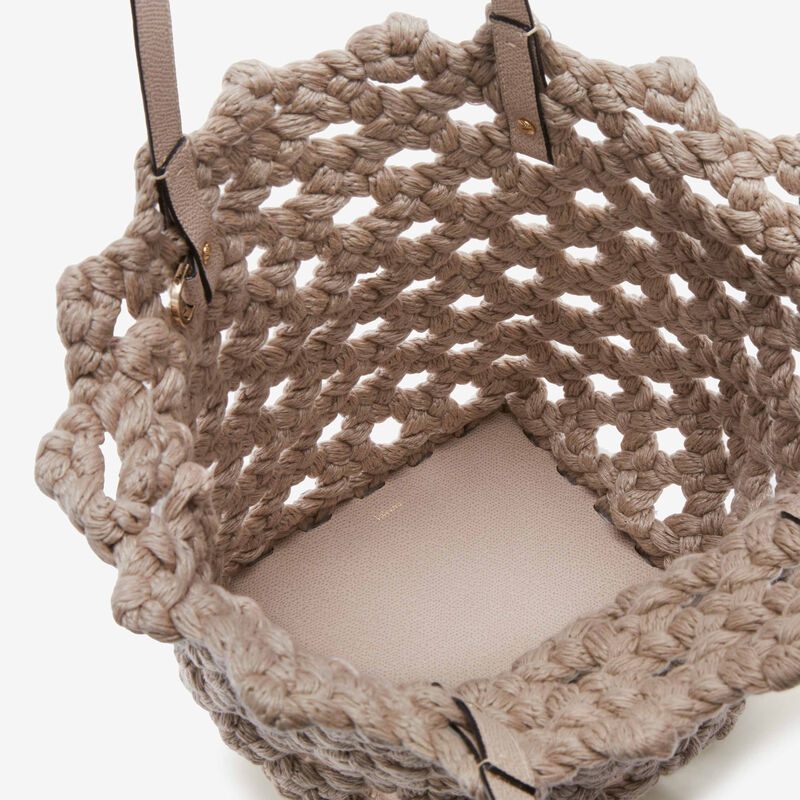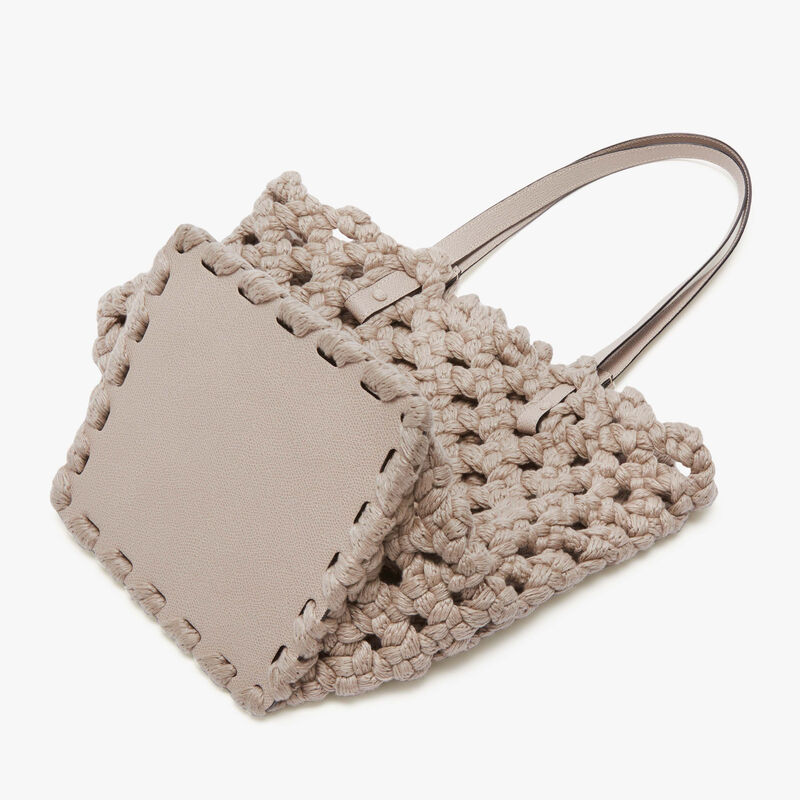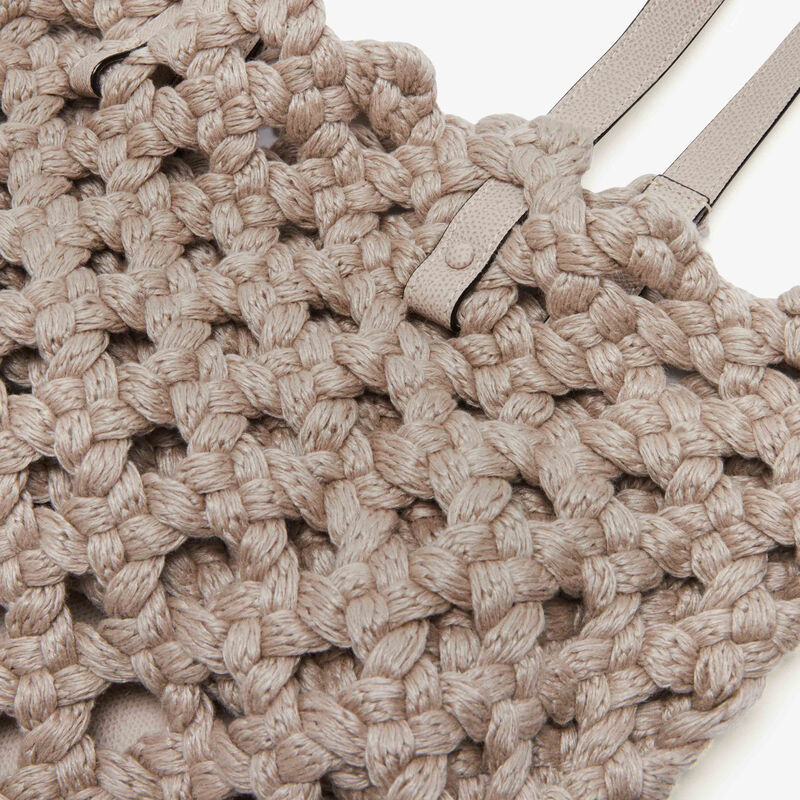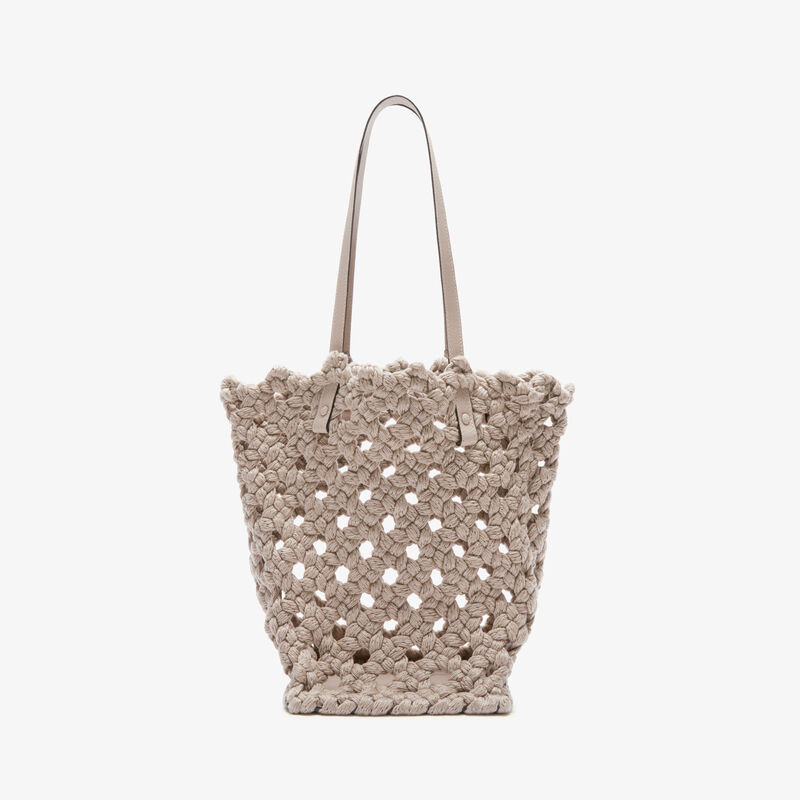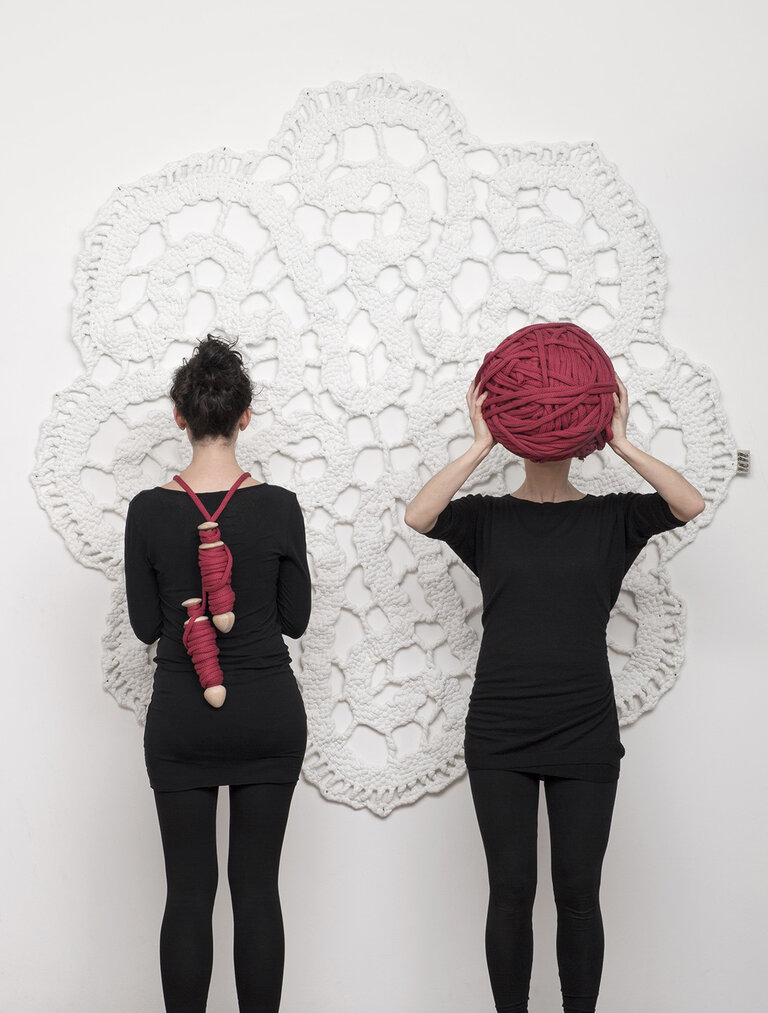

Valextra Meets Design Lab unPIZZO
The design lab founded by Agnese Selva and Bettina Colombo on their intricate artisanal process.
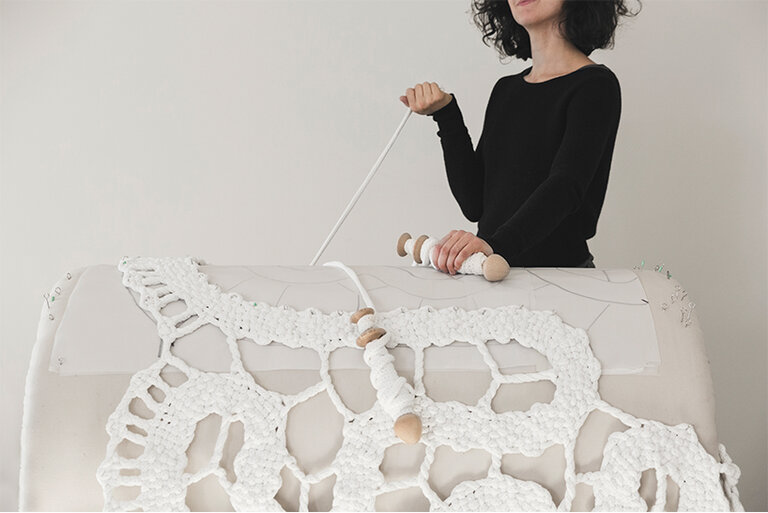
Our latest collaboration with Cantu-based Design Lab unPIZZO brings together its passion for traditional art of weaving and keeping textile traditions alive, with Valextra’s pursuit of preservation alongside innovation. Here, its founders Agnese Selva and Bettina Colombo explain how they first encountered the ancient art of their hometown, their inspirations to create new and intriguing products and how our handbag the Sportami Via came to life.
Valextra: When was the first time you encountered the art of Pizzo di Cantu?
UP: Cantù lace is a traditional art of our city. In every home you can find doilies and lace that are still worked using bobbin lace. We grew up in contact with this art, at home and at school.
V: What do you think resonates today about this ancient craft?
UP: Today there is still the charm of this ancient craft of a feminine and patient art, a tradition preserved and handed down by the passion of some master lace makers.
V: Why do you think it's important to keep a craft like this thriving?
UP: It is important to keep all the techniques and all the savoir-faire made in Italy thriving. The beauty of manufacturing turns out to be even more precious if it brings with it an ancient tradition and if it knows how to tell a story that still wants to continue.
V: What did you discover by learning this particular art of weaving from the original artisans of Cantù?
UP: This is a process that not only allows you to create woven fabrics with any type of design and pattern, but also requires careful planning and continuous research into how the stitches can be combined and worked. It is an art that embodies mathematics, manual skill and intuition. We have learned the patience of the work and the great satisfaction in seeing a product conceived, designed and then made with our own hands.
V: Did they give you any specific insights or secret tips?
UP: Lace makers guard their secrets very closely but perhaps, even without realising it, they have revealed to us that the best advice is to approach the work calmly and without haste. When you make a mistake, you undo it and start over again.
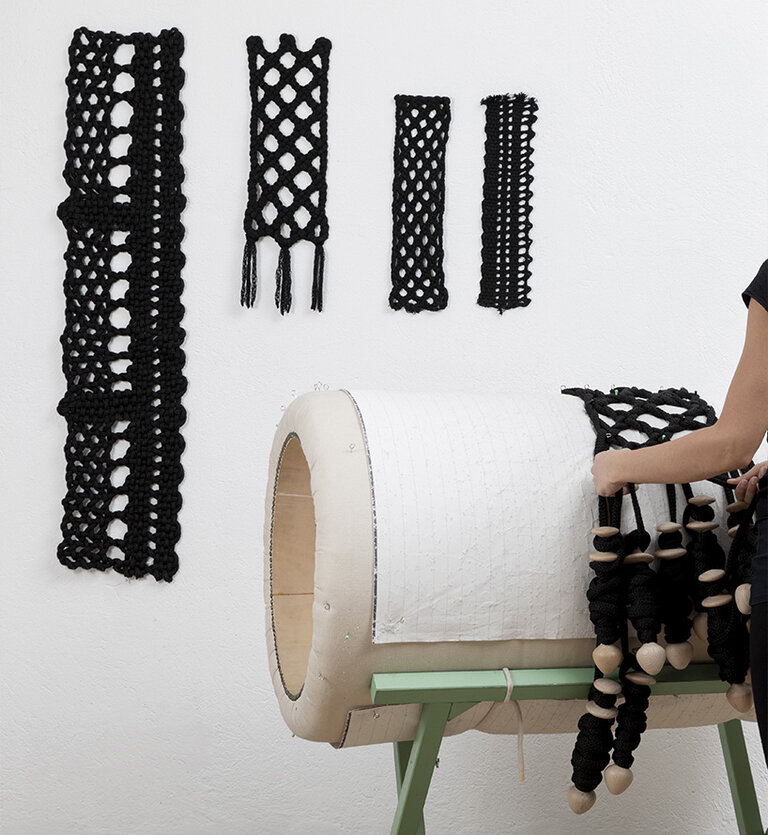
V: Can you tell us about the tools needed during the process?
UP: We make the lace with the traditional technique, but we use cords instead of threads to give more resistance and solidity useful for a bag. The weaving is worked on a support base, the "tombolo", a padded cylindrical shape which is placed on a stand. To carry out the work it is necessary to design the "map" on which the track and the indications for the plot are drawn. Numerous pins are used to secure the strings during manufacturing. Once finished, the strings are sewn together with a knitting needle.
V: How do you think this traditional art form can complement Valextra's craftsmanship and vice versa?
UP: We believe that our soft and sinuous-looking weave harmonises well with the linear and minimal shapes of Valextra. The leather elements with elegant finishes combine with the weave designed and created to be soft and perforated with a mesh effect.
V: How do you think our finished collaborative bag captures the spirit of our brand?
UP: With our collaboration, we support the idea of a world that returns to the past while looking to the future: a bag made with traditional techniques but with new materials because it is designed for daily, dynamic and fluid use.
V: Where do your craft and design inspirations come from?
UP: We are especially inspired by ancient weaving and weaving techniques to explore new patterns and designs, we like to test different materials and be guided by them. In this way, unexpected solutions arise and the challenge is then to try to integrate them into commonly used objects.
V: Can you please complete this sentence: Modern craftsmanship is…
UP: …modern craftsmanship must be the attempt to bring a bit of poetry back into the everyday objects produced, otherwise we will be submerged by industrial standardisation.
